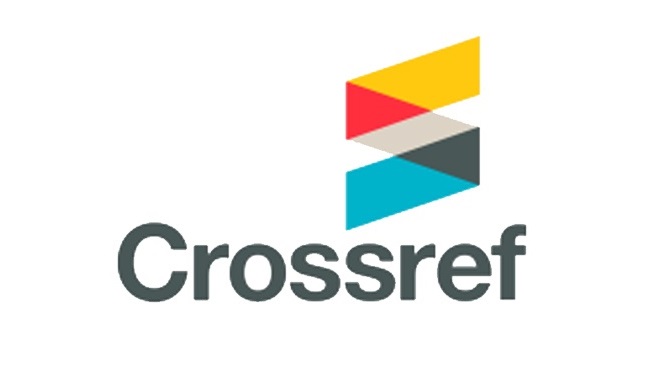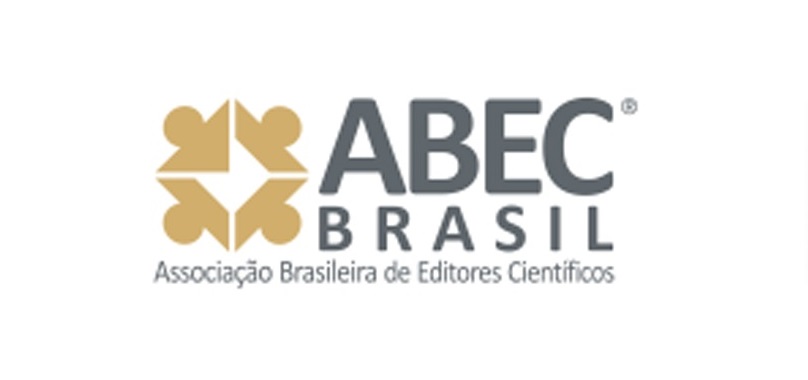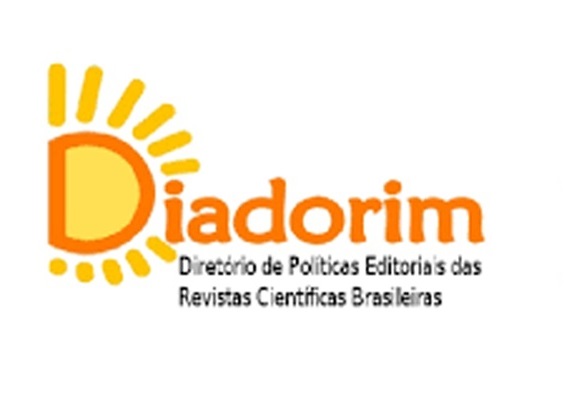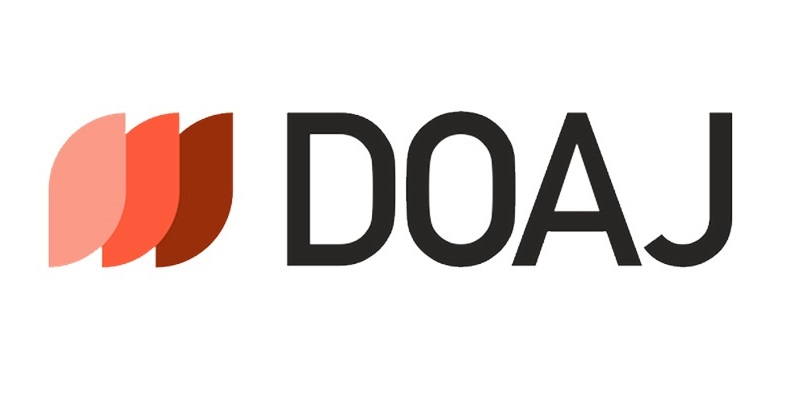BRAIDED TECHNOLOGY: THE RESCUE OF INDIGENOUS ART TECHNIQUES IN CLASSROOM ARTS TEACHING
DOI:
https://doi.org/10.19179/rdf.v50i50.1070Keywords:
Keywords: Artistic education; Indigenous art; Class plan; Braided.Abstract
ABSTRACT: In this article, we intend, through braiding technology, to rescue indigenous art techniques in art teaching in the classroom. It debates, through a source of lesson plan and its applicability, in which aspects, this rescue can and should be used in the teaching of arts. To this end, seek to elucidate the importance of recovering indigenous art techniques in teaching arts in the classroom, with the use of recycled materials, such as newspapers and magazines. As well as: present and conceptualize the importance of artistic education; punctuate the value of teaching the arts in the classroom; show how the teaching of indigenous art techniques is important in art education and use recycled materials to make baskets. We present, on a first level, a bibliographical research, which explores the discourse on art education, the teaching of arts in the classroom and on the techniques of indigenous art. Then, through action research, a lesson plan is created, to be applied in four class periods, with the braiding technique, which will start from the collection of materials, which will be made for the production of baskets, passing by braiding and, finally, even painting or decorating these artifacts. It is expected that from this teaching plan, it is possible, with the students, to have a reflective critical perspective from the braiding technology, from the indigenous culture, to explore debates about globalization, Environmental Education, through the teaching of arts.
Keywords: Artistic education; Indigenous art; Class plan; Braided.
References
ALMEIDA, Maria Regina Celestino de. Os índios na história do Brasil. Rio de Janeiro: Editora FGV, 2010.
ARAÚJO, J.C.S. Disposição da aula: os sujeitos entre a tecnia e a polis. In: VEIGA, I. P.A. (Org.) Aula: gênese, dimensões, princípios e práticas. Campinas: Papirus, 2008. p. 45-72.
AIDAR, Laura. Arte indígena brasileira. 2011. Artigo: Toda Matéria. Disponível em: https://www.todamateria.com.br/arte-indigena-brasileira/. Acesso em 17 nov. de 2021.
BARBOSA, Ana Mae. Inquietações e mudanças no Ensino da Arte. São Paulo: Cortez, 2007.
BRASIL. Base Nacional Comum Curricular (BNCC). Educação é a Base. Brasília, MEC/CONSED/UNDIME, 2017.
BOSSI, Alfredo. Reflexões Sobre a Arte. São Paulo: Ática, 2001.
CANÁRIO, Rui- A escola tem futuro? Das promessas às incertezas.Porto Alegre:ARTMED,2006.
CAUQUELIN, Anne. Arte contemporânea: uma introdução. São Paulo: Martins, 2005.
CORRÊA, A. D.; NUNES, A. L. R. (Org). O ensino das artes visuais: Uma abordagem simbólico-cultural. Santa Maria: 1º Ed. UFSM, 2006.
DIAS, J.A.B.F. 2000. "Arte, arte índia, artes indígenas". In Mostra do redescobrimento, Brasil 500 anos é mais. Vol. Artes Indígenas. São Paulo: Fundação Bienal de São Paulo. 2000.
DINIZ, Júlio Emílio. Formação de Professores - pesquisa, representações e poder- Belo Horizonte: Autêntica, 2015.
FERRAZ, Maria Heloísa C. de T. & FUSARI, Maria F. de Rezende e. Metodologia do ensino de arte. São Paulo: Cortez, 2013.
FISCHER, E. A necessidade da arte. 9° ed. Rio de Janeiro: Editora LTC, 2007.
FUSARI, M.F.R.; FERRAZ, M. H. C. T. Arte na educação escolar. São Paulo: Editora Cortez, 2001.
HOLM, Anna Marie - Fazer e pensar Arte. Editora: MAM-SP, 2005.
JANKE, Terri; QUIGGIN, Robynne. Indigenous cultural and intellectual property and customary law. Aboriginal Customary Laws. Background 12. Darwin: Northern Territory Law Reform Committee, 2003.
JÚNIOR, João Francisco Duarte. Por que arte-educação? - 22ª ed.- Campinas, SP : Papirus, 2012. 87p. (Coleção Ágere).
KRENAK, Geovani. ETNODESIGN: Aplicação dos grafismos da etnia indígena Krenak no Design de Superfície (memorial descritivo). Governador Valadares: UNIVALE, 2009.
LAGROU, Els Maria. Arte ou artefato? Agência e significado nas artes indígenas. In: Proa - Revista de Antropologia e Arte [on-line], ano 02, vol. 01, n. 02, novembro de 2010.
LIXO, Extraordinário. Direção de Lucy Walker LONDRES: Angus Aynsley e Hank Levine, Amega Projects, 2009. Disponível em: <http://www.wastelandmovie.com/#>. Acesso em: 20 fev. 2015.
MATIAS, J. M. A arte como elemento facilitador no contexto da educação inclusiva. Universidade Federal Da Paraíba Centro De Educação Curso De Psicopedagogia. 2017.
MEC. CONSED. UNDIME. Base Nacional Comum Curricular, segunda versão revista. 2016. Disponível em: <http://basenacionalcomum.mec.gov.br/documentos/bncc-2versao.revista.pdf>. Acesso em 15 Out. 2021.
OLIVEIRA FILHO, João Pacheco. A refundação do Museu Maguta: etnografia de um protagonismo indígena. In: MONTENEGRO, Aline; ZAMORANO, Rafael (Orgs.). Coleções e colecionadores: a polissemia das práticas. Rio de Janeiro: Museu Histórico Nacional, 2012.
PORTES, E. M. L. Arte, Arte indígena, Arte Borum/Krenak: os imbricados caminhos para a compreensão da arte. Articles. ARS (São Paulo) 13 (25). Jan-Jun 2015 DOI: https://doi.org/10.11606/issn.2178-0447.ars.2015.105525
SANTANA, Cláudia Gutierrez. A arte e a educação inclusiva: uma possibilidade real. Curitiba: IESDE, 2004.
SANTANA, Ana Lúcia. A Obra de Vik Muniz. Infoescola. São Paulo. Disponível em: < http://< rastrosraizeseovento.blogspot.com.br/2013/05/sugestoes-para-o-ensino-da-arte-nas.html>. Acesso em 02 abr. 2014.
SANTOS, José Luiz dos. O que é cultura. São Paulo: Brasiliense, 1983.
SAVIANI, D. As concepções pedagógicas na história da educação brasileira. Campinas: Histedbr, 2006.
SCHMITZ, Egídio. Fundamentos da Didática. 7ª Ed. São Leopoldo, RS: Editora Unisinos, 2000.
SIEBERT, Emanuele Cristina, CHIARELLI, Ligia Karina Meneghetti. Cultura Popular Brasileira. Santa Catarina: Editora- Uniasselvi- Indaial, 2012.
SILVA, Everaldo da. URBANESKI, Vilmar. Sociologia Geral e da Educação. Santa Catarina: Editora- Grupo Uniasselvi- Indaial, 2012.
STERN, A. (2008). Uma Nova Compreensão da Arte Infantil. Lisboa: Livros Horizonte.
SUFIATTI, T., Dos Santos, BENARDI, L. & GLAVAM Duarte, C. (2013). Cestarias e história de vida dos artesãos indígenas da terra indigena Xapeco. Revista latinoamericana de Etnomatemática, 6(1), 67-98. Acesso em: 17 nov. de 2021.
SYLVESTER, David – Sobre a Arte Moderna. São Paulo, Editora: Cosac Naify, 2006;
VASCONCELLOS, Celso dos Santos. Planejamento: projeto de ensino – aprendizagem e projeto político pedagógico. 10 ed. São Paulo: Libertad, 2012.
VEIGA, I. P. A. Organização didática da aula: um projeto colaborativo de ação imediata. In: VEIGA, I. P. A (Org.). Aula: gênese, dimensões, princípios e práticas. Campinas: Papirus, 2008.
VIEIRA, Francisco Ponciano; CARVALHO, Carla. Arte Brasileira. Indaial : Uniasselvi, 2012. ISBN 978-85-7830- 564-2
VIGOTSKI, Lev Semenovich. A Imaginação e a Arte na Infância. Tradução de Voobrajenie i Tvorchestvo por Miguel Serras Pereira. Lisboa: Relógio d´Água Editores, 2009.
Downloads
Published
How to Cite
Issue
Section
License
Copyright (c) 2022 Angela Maria Faller Orth

This work is licensed under a Creative Commons Attribution-NonCommercial-NoDerivatives 4.0 International License.
Ao submeter um artigo à REVISTA da FUNDARTE e tê-lo aprovado, os autores mantem os direitos de autoria e concordam em ceder, sem remuneração, os seguintes direitos autorais à REVISTA da FUNDARTE : os direitos de primeira publicação e permissão para que esta revista redistribua esse artigo e seus dados aos serviços de indexação e referências que seus editores julguem usados.
Este trabalho está licenciado sob uma Licença Creative Commons Não Comercial 4.0 Internacional.
![]()











